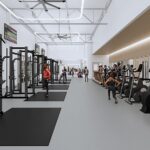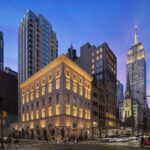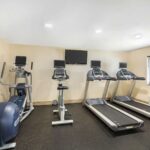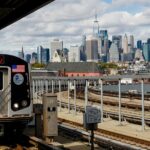I spend countless hours in Central Park every season, often with a notebook, a camera, and comfortable shoes. Over the years, I’ve mapped out the hidden spots in Central Park NYC that most visitors miss—the quiet arches, pocket woodlands, and story-filled overlooks that feel miles away from Midtown. In this guide, I’ll share exactly where to find these tucked-away gems, how to experience them at their best, and what to look for once you arrive. If you’re craving the park’s quieter side, you’re in the right place.
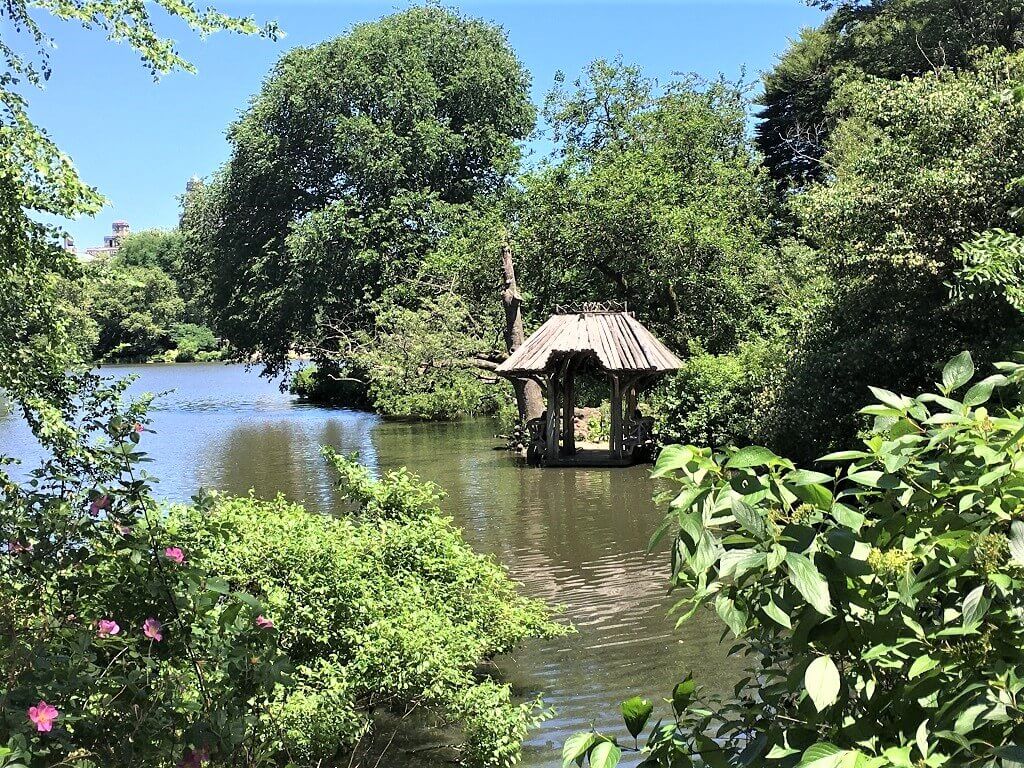
Source: travelswithtalek.com
Southern Secrets: Quiet Corners Near The Park’s Busiest Entrances
Most people enter near 59th Street and bolt toward the Mall or the Lake. I do the opposite: I slip into small sanctuaries that offer true calm just steps from the crowds.
- Hallett Nature Sanctuary, East 60th Street at Sixth Avenue. Once closed to the public for decades and carefully restored, this four-acre woodland is a nesting haven for birds and a micro-wilderness with winding paths and skyline-framed overlooks. It’s open limited hours; mornings on weekdays are especially serene. I’ve photographed warblers here in spring with only a handful of people around.
- The Dene Slope, East 66th Street. A native meadow that hums with pollinators in late spring and summer. Stand on the path’s crest at golden hour and you’ll get glowing grass-plume portraits with the city peeking through.
- Gapstow Bridge, East 62nd Street. Famous, yes—but the north-facing rock outcrop just west of the bridge is where I watch sunrise without the selfie scrum. Arrive 30 minutes before sunrise for reflections on The Pond and plenty of breathing room.
- Wagner Cove, mid-70s on the west side of The Lake. A rustic, secluded dock reachable by a narrow stair; I’ve seen proposals and tiny elopements here. It’s quietest on weekdays before 10 a.m.
Pro tip: If you hear traffic, keep walking—within two minutes, you’ll usually hit a sheltered turn where the city fades and the birds take over.
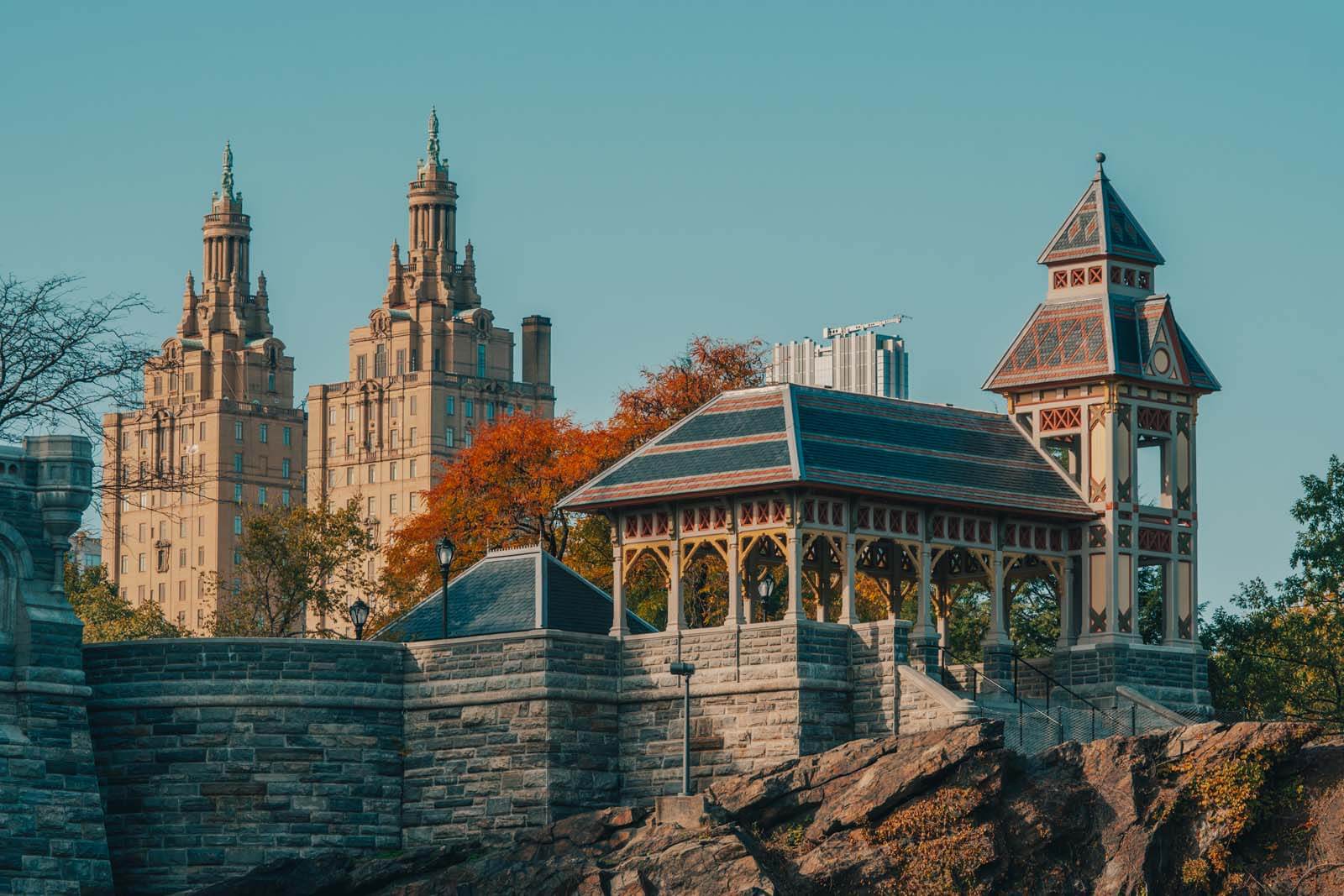
Source: yourbrooklynguide.com
The Ramble: Central Park’s 36-Acre Maze Of Micro-Adventures
When I need to recharge, I head straight for The Ramble, roughly between 73rd and 79th Streets. Its twisting paths and layered canopies were designed to induce a sense of exploration, and they still do.
- Azalea Pond and The Gill. This is the soundtrack I come for: trickling water, rustling leaves, distant oar strokes. In late April and early May, migrating songbirds make this one of New York City’s top birding hotspots.
- Oak Bridge at Bank Rock Bay. A graceful, photogenic bridge rebuilt to echo its 19th-century design. At sunset, the water turns copper, and the skyline silhouettes behind the trees are spectacular.
- The Ramble Arch and hidden staircases. These tucked passages let you zigzag into pockets of quiet. If you prefer solitude, take the less obvious side paths; they reconnect to main trails within a few minutes.
Field-tested tip: Screenshot a map of The Ramble before you go. GPS can wobble under dense canopy, and that’s part of the charm—but a backup helps, especially at dusk.

Source: www.tripadvisor.com
Northern Wilderness: The Loch, The Ravine, And The North Woods
If you want Central Park’s most wilderness-like experience, go north of 96th Street. I bring visiting friends here when they say, “Surprise me.”
- The Loch. Follow the watercourse from the Pool at West 103rd Street through a shady gorge lined with ferns and hemlocks. Small waterfalls punctuate the trail; after rain, the sound is mesmerizing.
- Huddlestone Arch. An engineering marvel built without mortar, using natural stone compression to hold itself together. I like to pause beneath it to feel the cool air and hear the water amplify the arch’s natural acoustics.
- The Ravine and North Woods. This is where red-tailed hawks, owls, and raccoons keep me company on quiet mornings. The paths are rugged in places; wear shoes with grip, especially after wet weather.
- The Blockhouse No. 1. A War of 1812-era fortification on a high knoll. It’s more atmospheric than scenic, but if you love park history, it’s a rewarding detour.
Safety note: The North Woods is peaceful, but it’s still urban wilderness. I stick to daylight hours and share my route with a friend if I’m exploring new paths.
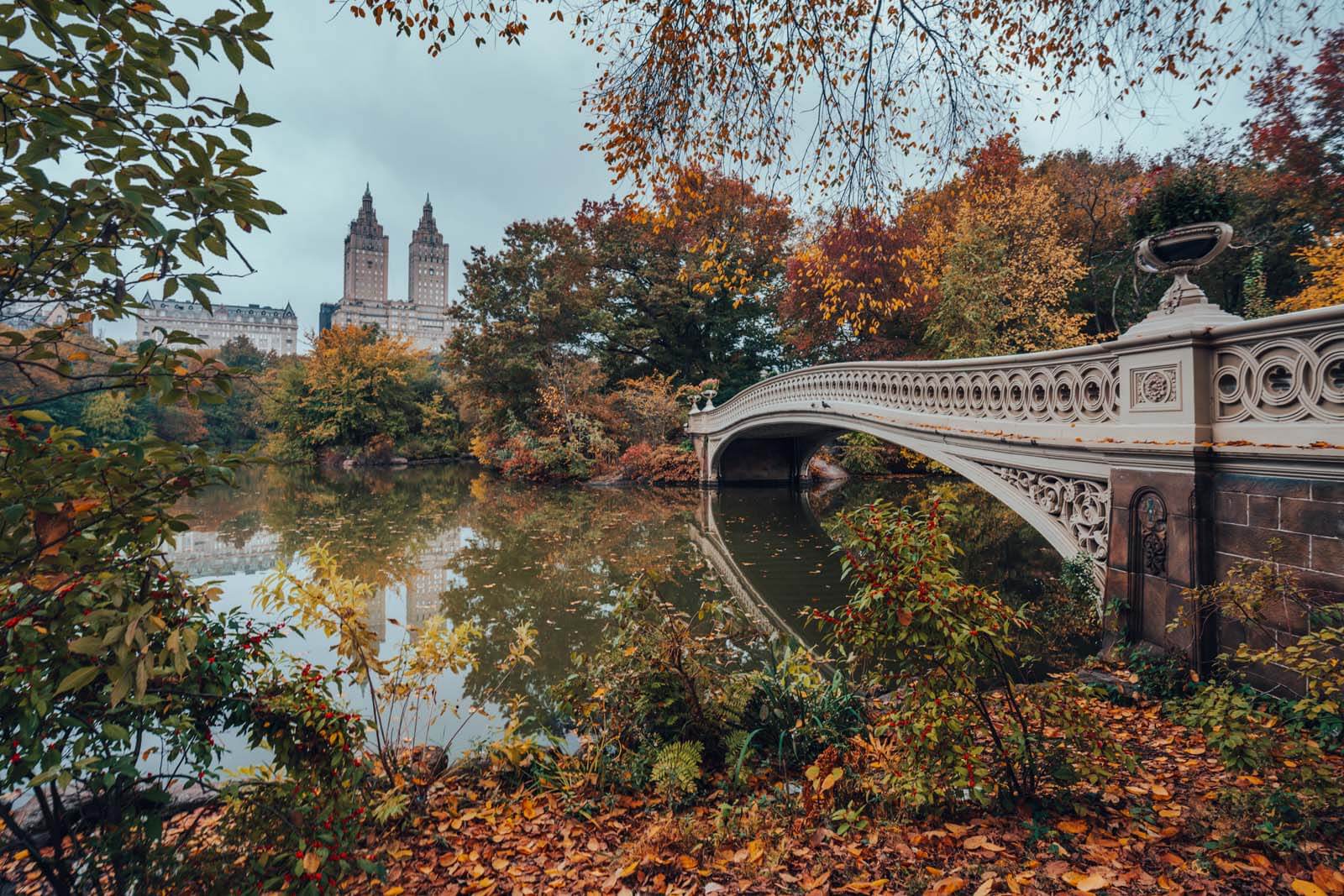
Source: yourbrooklynguide.com
Waterfront Hideaways: Lakeside Nooks And Under-The-Radar Views
Central Park’s shoreline is dotted with quiet perches where I journal, sketch, or simply watch the light shift across the water.
- Hernshead and the Ladies Pavilion, near 76th Street on the west side of The Lake. Rock ledges provide front-row seats to rowboats and skyline reflections. Morning fog in late fall turns it into a dreamscape.
- The Pool at 103rd Street. A serene mirror fringed with willows and waterfowl. Arrive in October for peak foliage and perfect long-exposure shots.
- Harlem Meer, northeast corner near 110th Street. It’s a world away from midtown buzz. Anglers, birders, and families share the lawns; sunrise is best for glassy water and clear skies.
Photography tip: Bring a circular polarizer to cut glare on the water. Even a phone clip-on polarizer can elevate your shots.
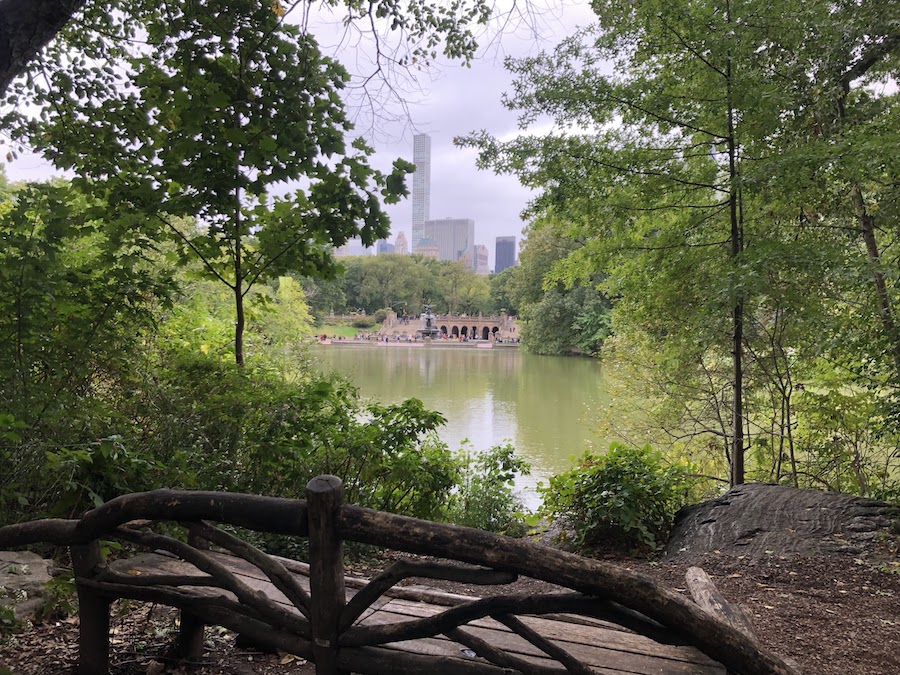
Source: bettertogetherhere.com
Gardens And Seasonal Sanctuaries: Color, Quiet, And Craft
When I crave curated beauty and calm, I head to the park’s gardens and plant-rich pockets.
- Conservatory Garden, Fifth Avenue at 105th Street. Three formal gardens in one: Italian, French, and English. The central pergola and the Burnett Fountain make elegant backdrops. Weekday mornings feel almost private; I’ve led small photo walks here with tripod-friendly quiet.
- Shakespeare Garden, near 79th Street and the Swedish Cottage. Herbs and flowers mentioned in Shakespeare’s plays, labeled with quotes. Spring bulbs and early summer blooms reward slow, attentive walking.
- Arthur Ross Pinetum, mid-80s west side. A conifer collection that smells like a mountain forest after rain. Families love the nearby swings; I love the soft, cathedral-like light.
Best months: April to June for blooms and migrating birds; late October to early November for fall color; evergreen lovers should visit the Pinetum anytime after rain.
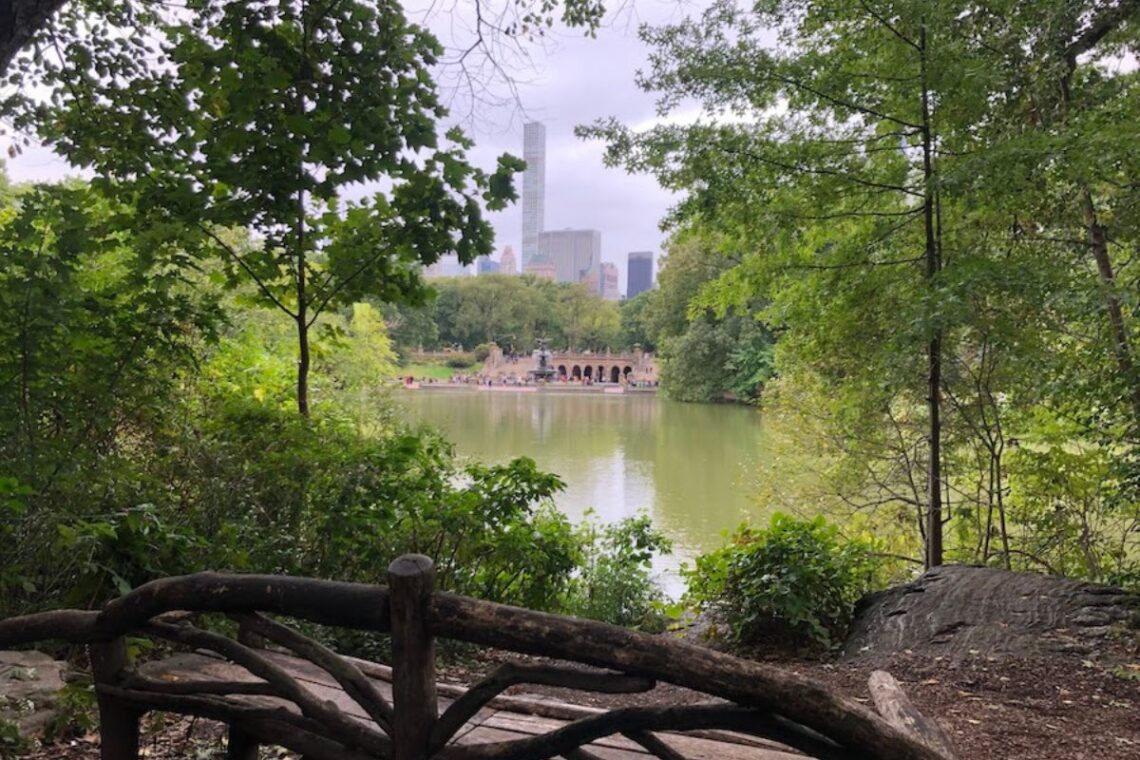
Source: bettertogetherhere.com
Historic Details Most People Miss
The park is layered with stories. I like to sprinkle a bit of time-travel into my walks.
- Rustic shelters and overlooks. From Cop Cot near 60th Street to hilltop pergolas overlooking the Sheep Meadow, these structures echo the park’s 19th-century rustic movement.
- Arches and bridges. Seek out the less-trafficked ones like Riftstone or Woodbridge to admire varied stonework and brick patterns.
- The Obelisk, behind the Met. Cleopatra’s Needle isn’t exactly hidden, but many visitors walk past without noticing the inscriptions or the surrounding small plaques that add context.
Practical note: Many features have interpretive signs. I snap a photo of each sign so I can remember details later and verify facts after my walk.

Source: topviewtix.com
My Field Guide: How To Plan A Low-Stress Hidden-Gems Route
I plan by time-of-day and energy level. Here are routes I actually use.
- Sunrise sampler, 90 minutes. Enter at East 60th Street. Hallett Nature Sanctuary, Gapstow Bridge outcrop, cut to The Mall for early light, end at Wagner Cove.
- Midday cool-down, 2 hours. Enter at West 103rd Street. The Pool, follow The Loch to Huddlestone Arch, loop the Ravine, exit near 110th Street for a Harlem Meer pause.
- Golden-hour Ramble, 2 hours. Enter at West 77th Street. Oak Bridge, Azalea Pond, The Gill, loop to Ladies Pavilion for sunset.
Gear and comfort checklist:
- Footwear with tread for uneven paths.
- Refillable bottle; water fountains operate seasonally.
- Offline map or screenshot of The Ramble and North Woods.
- Small first-aid basics and a snack if you wander far north.
- Patience. Hidden places reward those who linger.
Responsible Visiting: Safety, Etiquette, And Accessibility
I treat the park like a shared backyard. Here’s what that looks like in practice.
- Wildlife and plants. Observe, don’t disturb. Stay on paths in sensitive areas like Hallett and The Ramble’s shorelines to protect ground-nesting birds and native plants.
- Times and rules. Some areas (Hallett, certain lawns) have limited hours or seasonal closures. Check posted signs at entrances; I’ve learned not to assume yesterday’s hours match today’s.
- Accessibility. Many highlights have accessible approaches. The Conservatory Garden has gentle grades; parts of the Meer and The Pool circuits are stroller- and wheelchair-friendly. The Ramble and North Woods have steeper, uneven terrain.
- Personal safety. I go with a buddy at dawn or dusk in the North Woods, keep valuables minimal, and download a map. City-safe habits make the park feel even more welcoming.
Trustworthiness note: Details like restoration timelines, arch construction methods, and habitat protections come from park signage, historical records, and conservation materials I’ve reviewed on guided walks and volunteer days.
Frequently Asked Questions Of Hidden Spots In Central Park NYC
What Is The Best Time To Visit Hidden Spots For Fewer Crowds?
Weekday mornings within two hours after sunrise are consistently quiet. Late afternoons outside of peak summer can also be calm, especially north of 96th Street.
Are The North Woods And The Ravine Safe To Explore Alone?
During daylight, yes, with standard city awareness. Stick to marked paths, share your route, and avoid remote areas near dusk if you’re unfamiliar with the terrain.
How Do I Find Hallett Nature Sanctuary’s Entrance And Hours?
Enter near East 60th Street at Sixth Avenue; the sanctuary gate is a short walk inside. Hours vary by season and may include limited openings, so check posted signs at the gate that day.
Can I Bring A Tripod For Photography In These Areas?
Handheld or small travel tripods are fine for personal use in most areas. Avoid blocking paths or sensitive plantings. Commercial shoots require permits.
Which Hidden Spots Are Most Accessible For Strollers Or Wheelchairs?
Try the Conservatory Garden, sections of the Harlem Meer path, and The Pool loop. The Ramble and parts of the North Woods have uneven surfaces and stairs, making access more challenging.
Where Can I See Waterfalls In Central Park?
Follow The Loch in the North Woods and The Gill in The Ramble after rain for the best flow. Small cascades are tucked along these streams.
Is There Cell Service And Restrooms Near These Spots?
Cell service is generally good but can dip in dense woodlands. Restrooms are available near major lawns, the Conservatory Garden, and recreation centers; plan ahead in the North Woods.
Wrap-Up And Next Steps
Central Park’s soul hides in its edges and folds—under arches, beside quiet streams, and in gardens where time seems to pause. If you follow these routes and tips, you’ll experience the park the way I do: slowly, attentively, and with a sense of discovery that lingers long after you leave. Pick one area for your next visit, pack light, and give yourself permission to wander.
If this guide helped, subscribe for more NYC slow-travel itineraries, share your favorite hidden corner in the comments, and bookmark this for your next park day.



